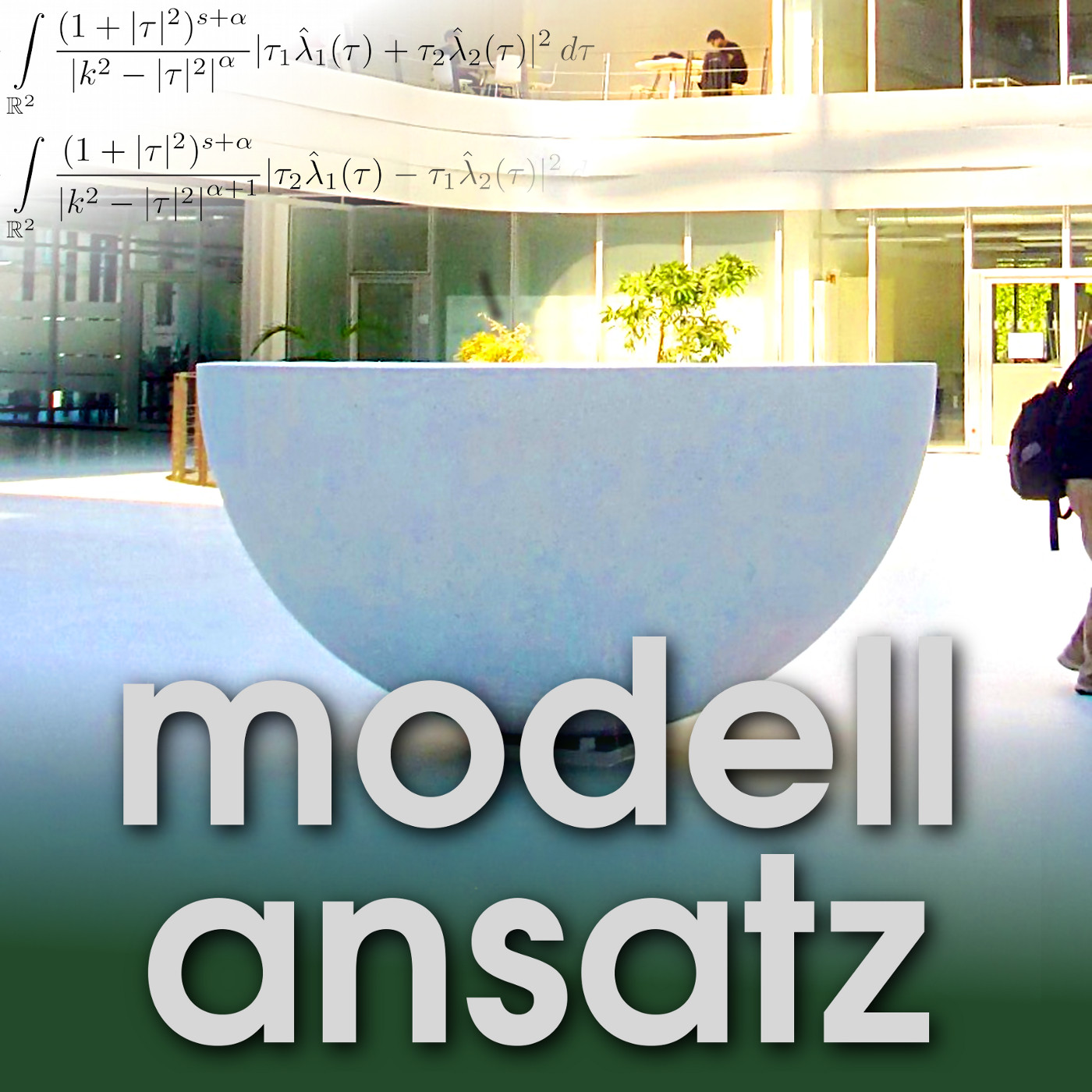Photoacoustic Tomography
Description
In March 2018 Gudrun had a day available in London when travelling back from the FENICS workshop in Oxford. She contacted a few people working in mathematics at the University College London (ULC) and asked for their time in order to talk about their research. In the end she brought back three episodes for the podcast. This is the second of these conversations. Gudrun talks to Marta Betcke. Marta is associate professor at the UCL Department of Computer Science, member of Centre for Inverse Problems and Centre for Medical Image Computing. She has been in London since 2009. Before that she was a postdoc in the Department of Mathematics at the University of Manchester working on novel X-ray CT scanners for airport baggage screening. This was her entrance into Photoacoustic tomography (PAT), the topic Gudrun and Marta talk about at length in the episode. PAT is a way to see inside objects without destroying them. It makes images of body interiors. There the contrast is due to optical absorption, while the information is carried to the surface of the tissue by ultrasound. This is like measuring the sound of thunder after lightning. Measurements together with mathematics provide ideas about the inside. The technique combines the best of light and sound since good contrast from optical part - though with low resolution - while ultrasound has good resolution but poor contrast (since not enough absorption is going on). In PAT, the measurements are recorded at the surface of the tissue by an array of ultrasound sensors. Each of that only detects the field over a small volume of space, and the measurement continues only for a finite time. In order to form a PAT image, it is necessary to solve an inverse initial value problem by inferring an initial acoustic pressure distribution from measured acoustic time series. In many practical imaging scenarios it is not possible to obtain the full data, or the data may be sub-sampled for faster data acquisition. Then numerical models of wave propagation can be used within the variational image reconstruction framework to find a regularized least-squares solution of an optimization problem. Assuming homogeneous acoustic properties and the absence of acoustic absorption the measured time series can be related to the initial pressure distribution via the spherical mean Radon transform. Integral geometry can be used to derive direct, explicit inversion formulae for certain sensor geometries, such as e.g. spherical arrays. At the moment PAT is predominantly used in preclinical setting, to image tomours and vasculature in small animals. Breast imaging, endoscopic fetus imaging as well as monitoring of perfusion and drug metabolism are subject of intensive ongoing research. The forward problem is related to the absorption of the light and modeled by the wave equation assuming instanteneous absorption and the resulting thearmal expansion. In our case, an optical ultrasound sensor records acoustic waves over time, (...)
More Episodes
Gudrun sprach im Januar 2024 mit zwei Studenten ihrer Vorlesung Mathematical Modelling and Simulation: Lukas Ullmer und Moritz Vogel. Sie hatten in ihrem Projekt Wahlmodelle ananlysiert. In dem Gespräch geht es darum, wie man hierfür mathematische Modelle findet, ob man Wahlsysteme fair gestalten...
Published 02/10/24
Published 02/10/24
In dieser Folge geht es darum, wie Sebastian und Gudrun Mathematik an Hochschulen unterrichten und welche Rollen das Medium Podcast und konkret unser Podcast Modellansatz dabei spielen. Die Fragen stellte unsere Hörerin Franziska Blendin, die in der Folge 233 im Jahr 2020 über Ihr Fernstudium...
Published 10/03/23


